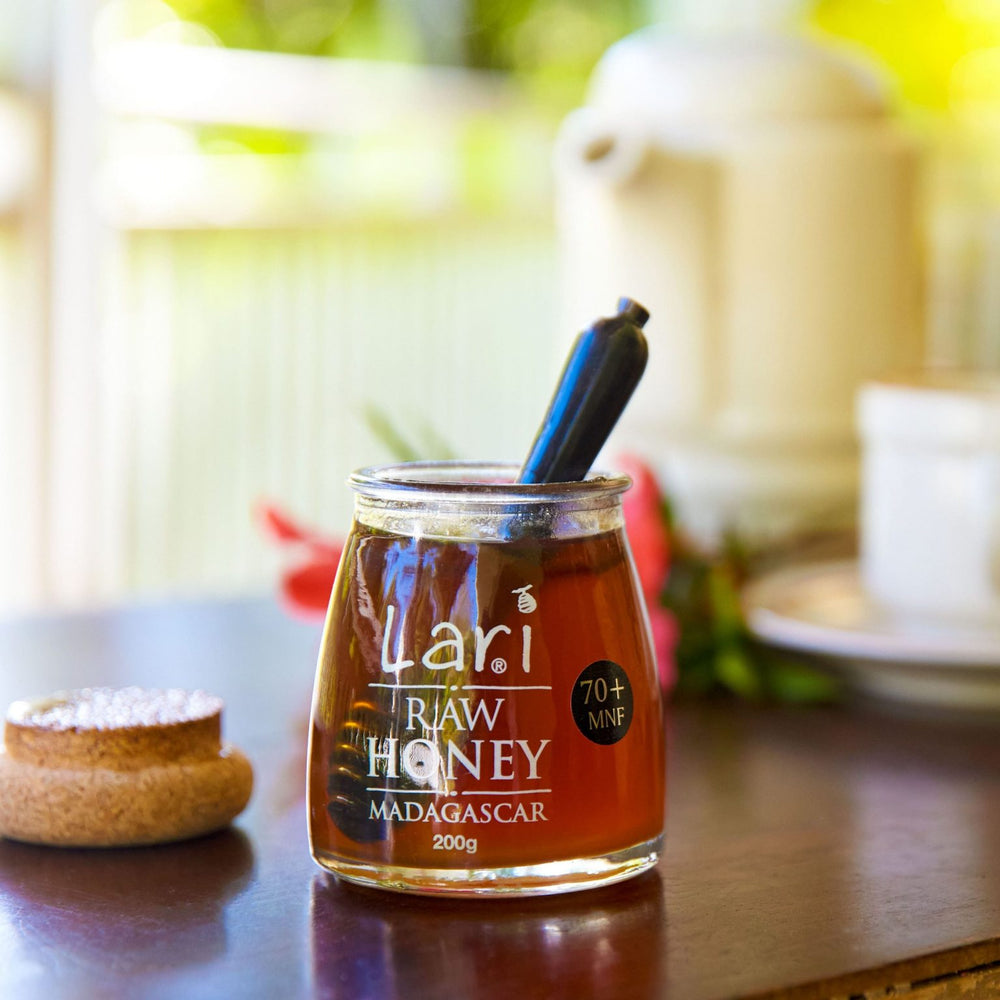News
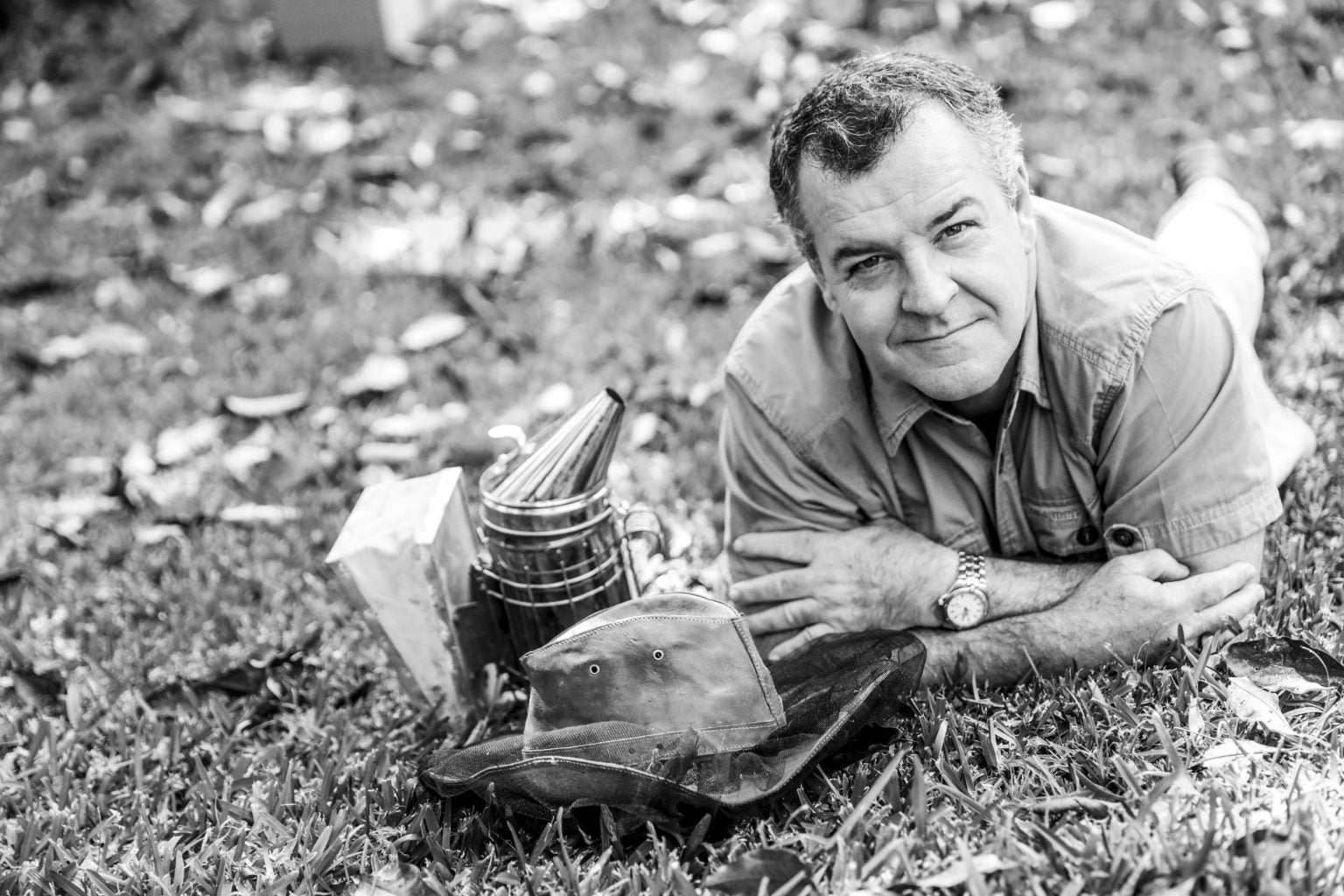
Our Story
Between LARI and the bees, it is a love story which started many years ago…
When he was just a little boy, Christian, our Director, was introduced to the world of bees for the first time through his uncle, Henry, who possessed some hives in his garden. Little did he know that these visits to the hives would trigger a passion in his nephew which would transcend time, and even distance. And be-cause destiny had to confirm its message, Michael Lafrance, a great man with a devouring passion for beekeeping, crossed Christian’s path. Today they are busi-ness partners and friends. Birds of a feather flock together they say !
In 2006, as an entrepreneur, Christian was faced with 2 options : either to pro-duce honey for local supermarkets or for the hospitality industry, where the cli-entele is a little more demanding . He chose the second option, which required special certifications since Chefs usually tend to favor noble products for their cuisine. And this is how the privileged relationship with Madagascar began…
Our team-members, both in Madagascar and Mauritius, are all proud to present LARI raw honey to you today…
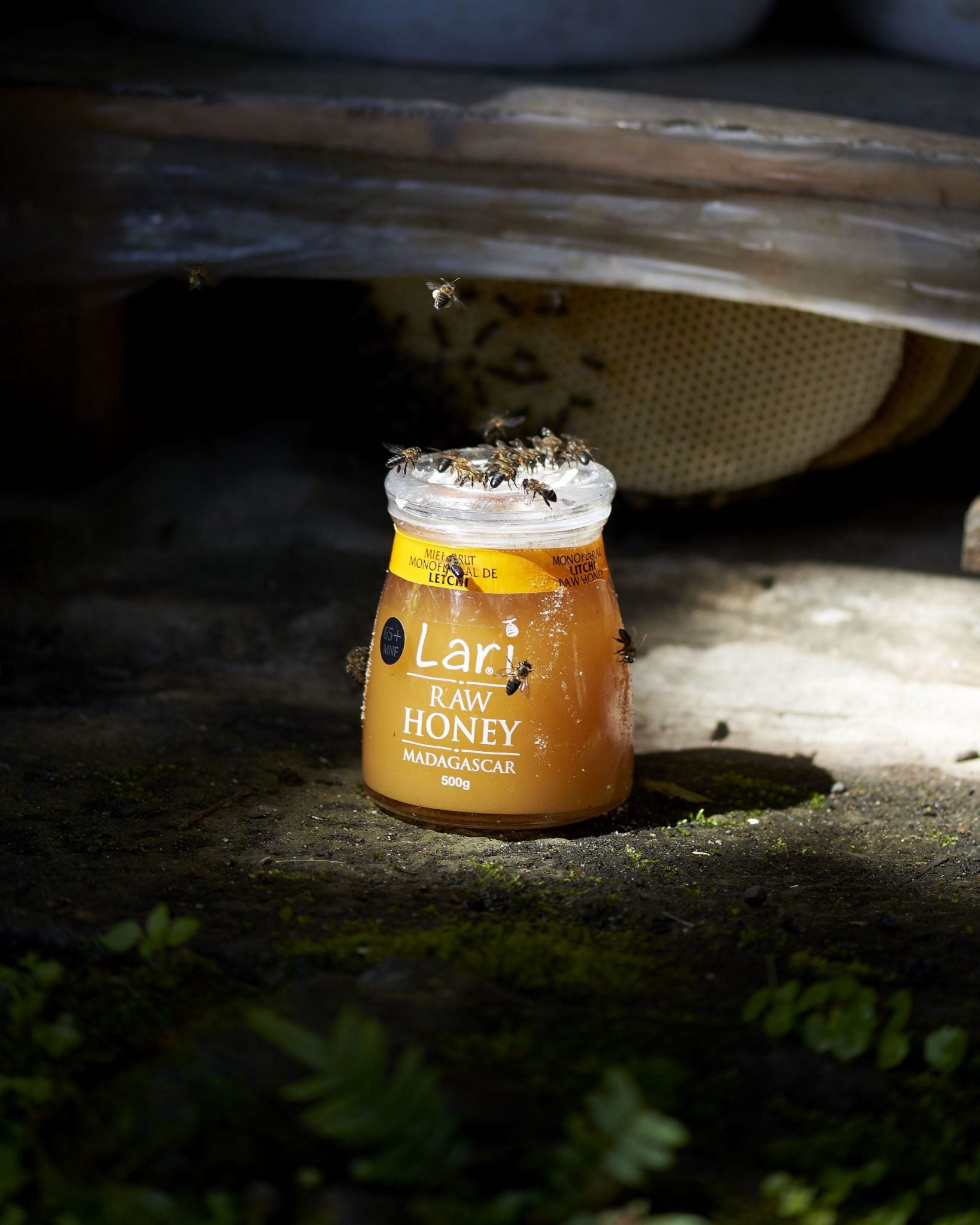
Behind the Scenes
Our privileged relationship with Madagascar is unique and is based not just on business matters but is a humanitarian partnership. In order to help the villages located around our harvesting zone, we decided to help them become autono-mous by developing their entrepreneurship skills. Our expertise through training was bestowed through our special team who introduced the methods of beekeep-ing them. This exchange included the purchase of hives which we entrusted to the villagers.
Today, this small group of auto-entrepreneurs harvest the hives, and 30% of our revenues goes to them and their families. Besides, through our foundation, we provide funding to two schoolteachers, thus ensuring access to education to the children as well.
Dedicated artisans who have mastered the art of sculpting create sub-products from the zebu horn – the most popular being the zebu honey-spoon which you can buy from our main office. The zebu is emblematic for the Malagasy people, and to hold one of these spoons between our hands goes beyond the purpose of the object.

What are the multiple health benefits of Raw Honey?
Honey was cited as a sweetener in writings which date back as far as … 2100 B.C. In ancient Egypt, pots with drawings of beehives, bees and beekeepers have been found in Pharaoh’s temple.
As part of their purification rituals, Persian priests would put honey on their tongues and hands. In ancient Greece, the dead body of Alexander the Great was embalmed in honey, a symbol of endurance in life as in death.
For the Hebrew people, honey symbolizes freedom and abundance in the new-found land.
All these ancient civilizations had understood the wondrous value of the Golden elixir.
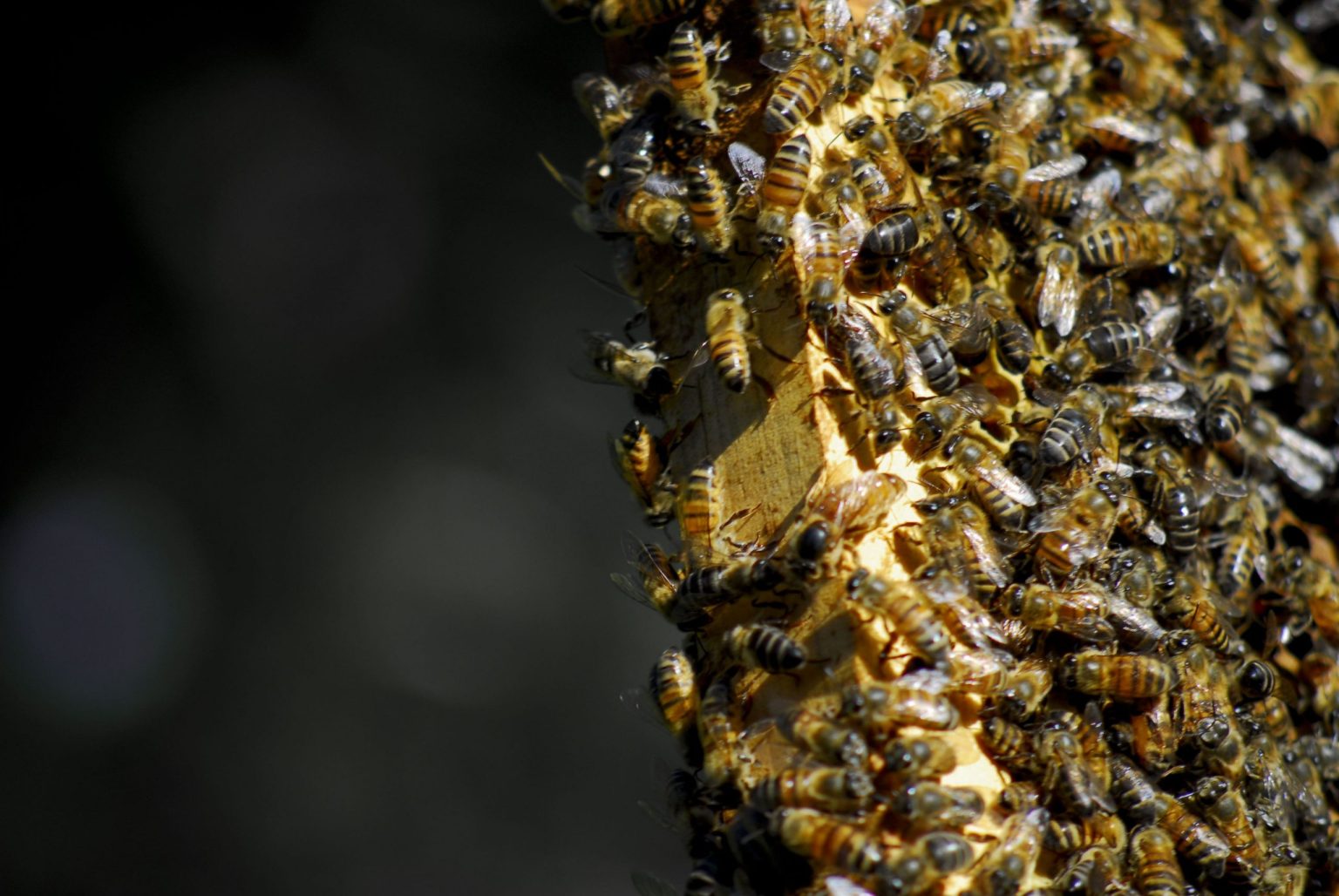
Do you know what is Raw Honey?
Raw honey has been used for its health benefits throughout history and has an array of medical benefits, of which we will name but a few:
❖ A good source of anti-oxidants .
Antioxidants found in raw honey called polyphenols can help prevent heart disease and prevent cells damage in the body.
❖ Anti-bacterial properties.
Raw honey naturally contains hydrogen-peroxide, an antiseptic. Applying it on the skin can kill unwanted fungus and bacteria.
❖ Soothing your sore throat.
The good old remedy passed on from generation to generation. Add it to hot tea with lemon or just have a plain spoonful.
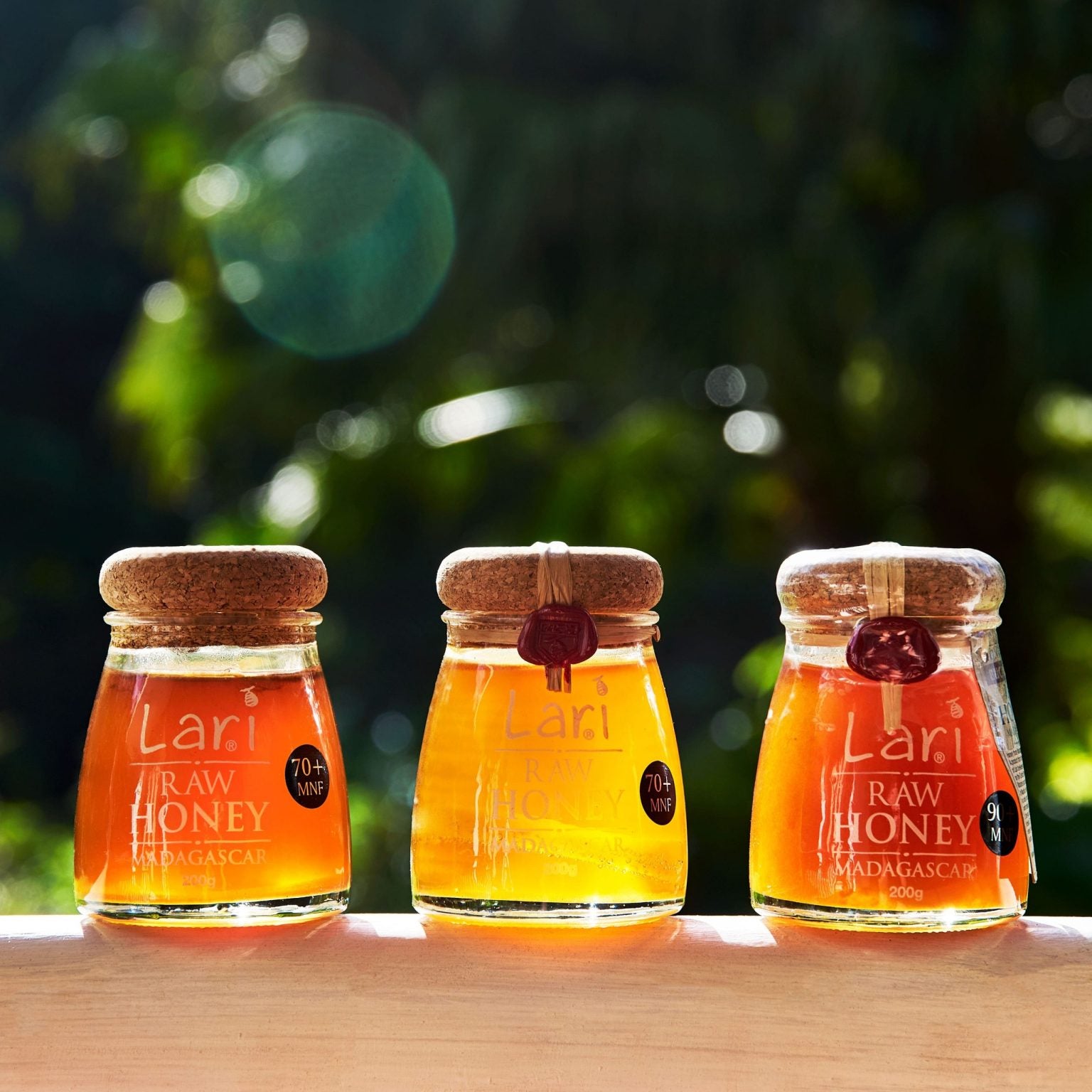
Do you know how bees make honey?
Though very small, a bee is a very intricate animal, wondrously made. It possesses a very mobile head with a brain, 2 saliva glands, and 2 antennas which she uses to communicate, to find its way in the dark, to feel the temperature and vibrations around, and to smell the perfume of flowers.
How does a worker bee make honey? After they suck nectar from flowers, the bees store it in their special stomach. These nectar ‘sacs’, once full, are transferred back to the hive, where indoor bees await to receive it. This happens through a mouthto-mouth process which is called ‘regurgitation’. The liquid honey is stored and simultaneously loses most of its moisture through evaporation (which occurs though the flapping of wings).
Once stored in their chambers, the nectar becomes honey.
Have you ever observed worker bees when they forage on flowers or when they fly back to their hive? What have you witnessed?
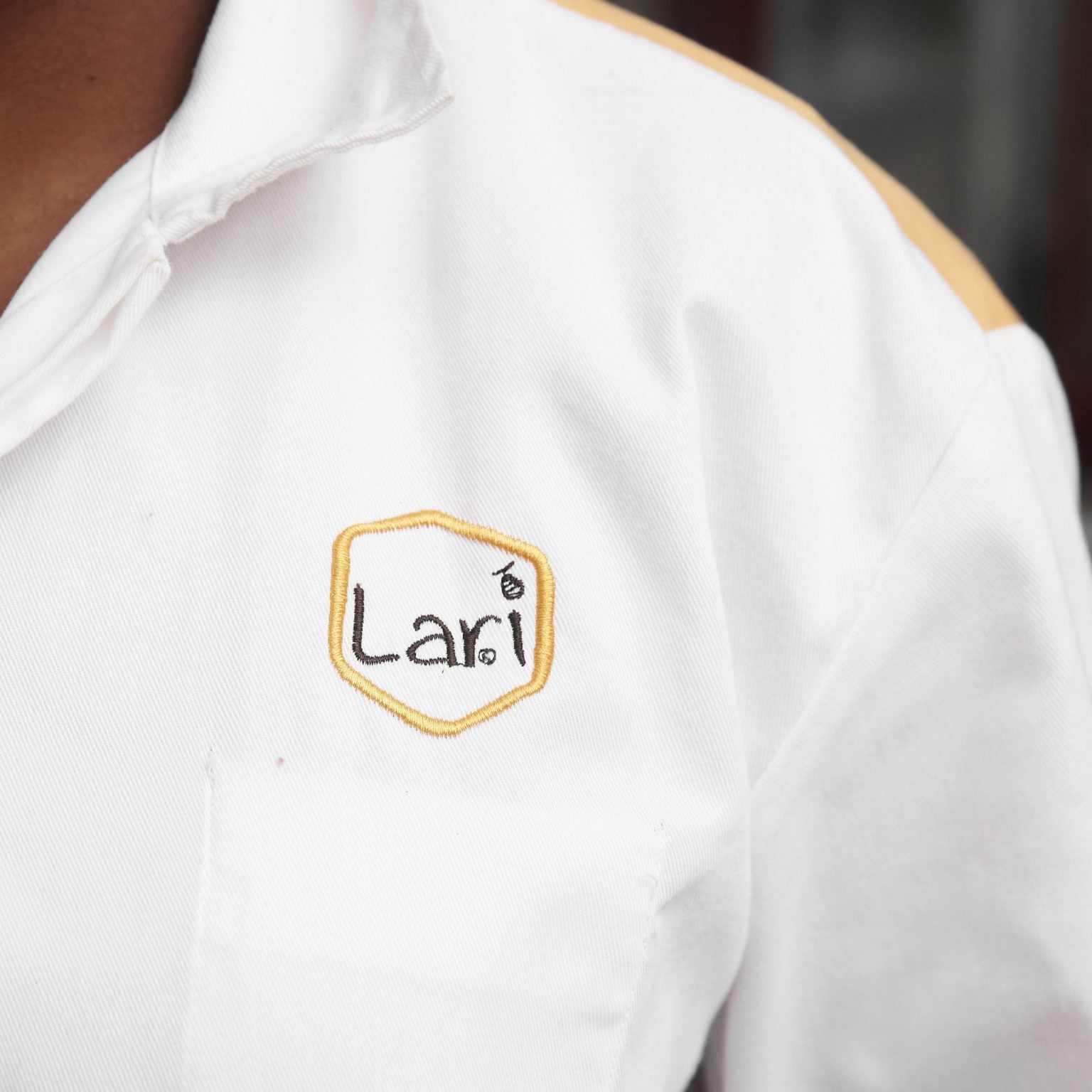
Origin of the Name Lari
Well, the name LARI for our honey came merely by accident.
Because they meet so many suppliers on a daily basis, Chefs usually cannot re-member names and one day, the honey supplied by LARIBEES became LARI… and it sounds perfect for what we represent; simplicity – humility – nobility and of course – it also rhymes with Happy…:))
